Customer service looks different in 2021 from how it has looked for the last 100 years. That’s because retail is changing for the first time in 100 years.
The format of the modern-day grocery store made its debut in 1916. Clarence Saunders opened The Piggly Wiggly, a store lined with shelving where items were displayed with tags to show the price clearly. Genius! Saunders’ store concept tied marketing together with fulfillment. And that store model stayed relatively unchanged for a century.
But, 100 years later, consumer behavior has changed—there are new consumer segments—and retailers are coming up with innovative customer experience (CX) strategies that deliver modern value.
The Shifting Retail Climate
While grocery stores and other retail stores remained virtually unchanged for a century, something happened recently that paved the way for a different model. That something was digital transformation. People are plugged in like never before and that opens the door to choice and gives us instant access to what we choose.
In the last ten years, ecommerce has gone from a new concept to standard commerce. Smartphones and 4G (LTE) wireless networks kicked off this consumer leap around 2010 when smartphones with large screens flooded the market en masse and packets of data reached internet speeds that could handle online transactions. Fast forward a decade where 5G is deploying across North America alongside the Internet of Things (IoT), data lakes, artificial intelligence, biometric authentication, and robot-assisted fulfillment.
Apps like Amazon put hundreds of thousands of products from around the world on your phone, making it easy to add any one of them to your cart in a matter of swipes, with an increased likelihood of receiving that item later that day.
Retailers are navigating the shifting winds of the modern retail climate that’s a hybrid of in-store and online. A century after Piggly Wiggly’s innovative open shelf product staging, consumers want more than products and price tags. They want convenient ways to get what they want, from product description to cart experience to expedited delivery (or in-store pickup).
With a grand shift like that, you see spin-offs:
A move to urban areas, with 54 percent of the world’s population living in cities. This number is projected to rise to 68 percent by 2050
The long-term effects of instant gratification and a consumer-driven desire for faster acquisition of goods
When you add opportunities to connect and communicate directly (and publicly) with consumers via store social media pages, there’s no question that customer service in retail has changed.
The question becomes, how can retailers improve customer service at the street level and in the Cloud?
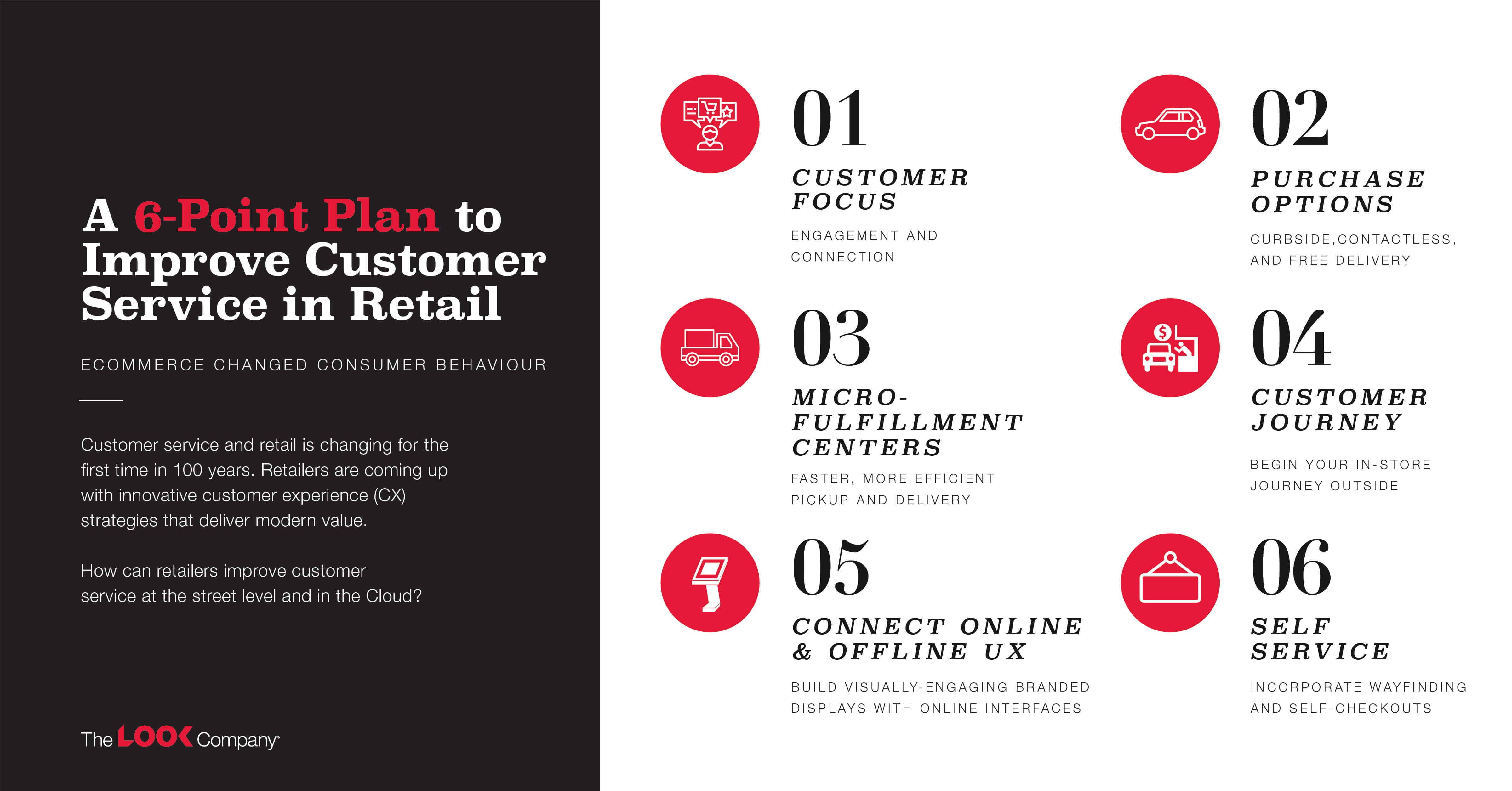
1. Focus on Customer Engagement and Connection
The future of retail relies on finding effective ways to engage with customers. Customers aren’t looking for the lowest price or the best bargain anymore. They are willing to pay a slightly higher price for goods and services if it means a better shopping experience. Customer experiences matter and a positive, memorable shopping experience is in demand. Do an excellent job of CX, and customers become your best marketing ambassadors.
What bolsters customer engagement and builds brand loyalty?
Every point-of-sale moment is another chance to build relationships. Demonstrate customer care by paying attention. Provide your customer with fast service and access to the goods they need, plus a positive shopping experience in your store.
Remember that customer service is an opportunity. Nearly seventy-six percent of shoppers worry about ease of concern resolution. As more brick-and-mortar stores expand their reach online, your physical location doubles as a hub for face-to-face support for more personal engagement. Start by processing online sales returns in stores and converting in-store returns into sales to transform dissatisfied shoppers into loyal customers.
Display donation kiosks and signage in your store. Customers will go out of their way to support a business that gives back to their community or a local nonprofit. Eye-catching visuals will engage your customers and connect them to your brand. 64% of customers want to buy from socially-responsible brands, a figure that has shown significant growth over the past two years.
McKinsey & Company suggests reaching out to your customers—with support, not marketing. When you make your employees and your community a priority and stay true to your company’s purpose and values, your customers notice that.
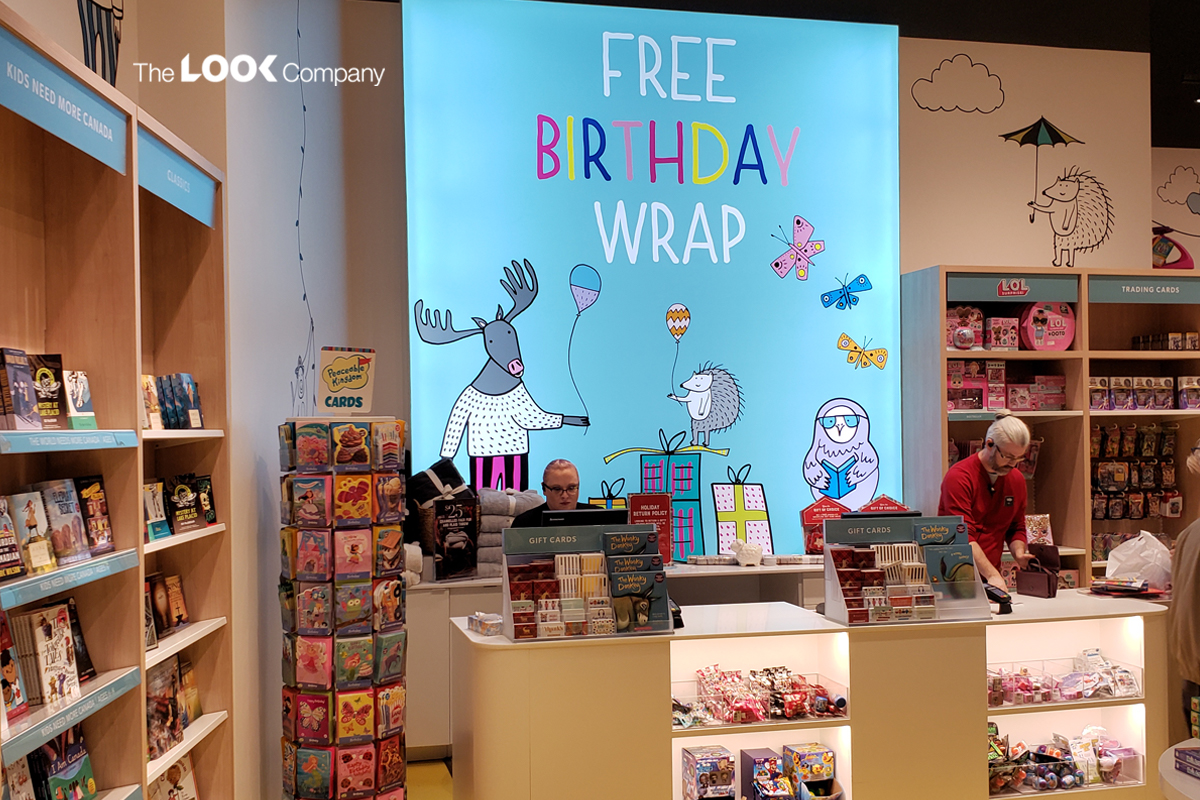
2. Implement Curbside, Contactless, and Free Delivery
For years, mass merchants like Walmart and Target were the only ones to explore buy online pickup in-store (BOPIS) services. Now, more and more retailers realize that this is a service consumers are eager to use, which is why BOPIS grew by 60.4 percent in 2020. What appeals to this out-of-store contactless (BOPIS) consumer segment?
64 percent want to avoid shipping costs
37 percent want to get their goods faster
36 percent want to gain access to promotional discounts
Contactless, curbside, and free delivery options are not a fad—they’re now standard for customer expectations. Many consumers will continue to take advantage of this service for years to come thanks to speed and convenience.
That being said, 62% of grocery shoppers still prefer in-store shopping. They like Saunders’ model where products are on display for try-on. They want an experiential environment that is bright and light-filled with graphic examples conveying the energy and purpose behind brands (the physical, sensory experience).
3. Use Micro-Fulfillment Centers for Faster, More Efficient Delivery
Micro-fulfillment centers are popping up everywhere as last-mile solutions for lower shipping costs and faster deliveries. Micro-fulfillment centers, or MFCs, are smaller distribution centers that are geographically closer to consumers than large-scale warehouses.
These small-scale shipping facilities act like Airbnb for logistics. MFCs are rented out to retailers as needed, and some use artificial intelligence, analytics, and even robots to pick, pack, and deliver goods autonomously. Other MFCs partner with local delivery companies to offer perks like next-day and even same-day delivery—a desirable customer service offer.
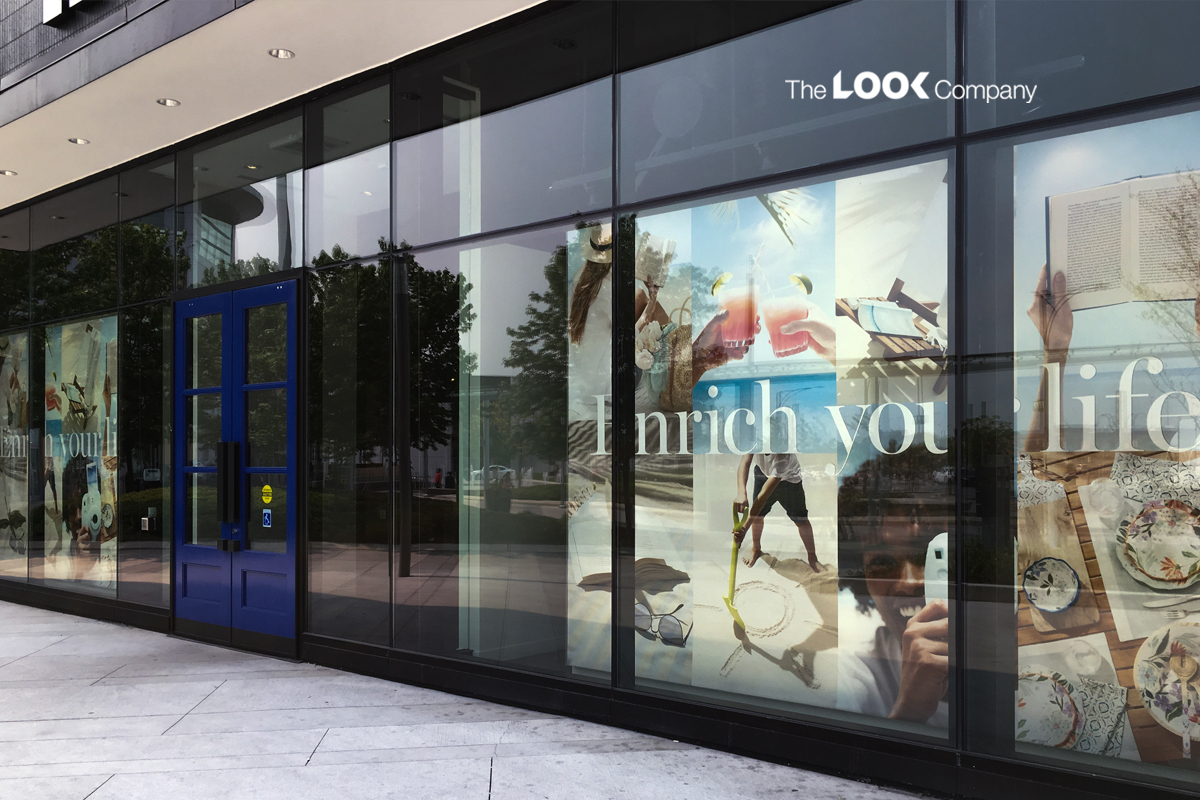
4. Begin Your In-store Customer Experience Journey Outside
Your store isn’t limited to what’s inside; the outside matters! Consider your customer’s journey: they enter your store, select products, go through the checkout process, possibly customer service, and exit the store.
Retailers today design for the outer face. Store exteriors are a frontier space to communicate with consumers before they step foot inside. Innovation here wins the day—design beautiful, engaging graphics to pull customers in. Use pop-up kiosks for convenient returns and exchanges. Add promotion displays in lineup areas, at pick-up windows, and drive-thrus. These are prime opportunities to reach out to customers and make invaluable connections early in their buying journey.
The next hurdle for retailers? Finding a way to technology to bridge the gap between ecommerce and in-store consumers.
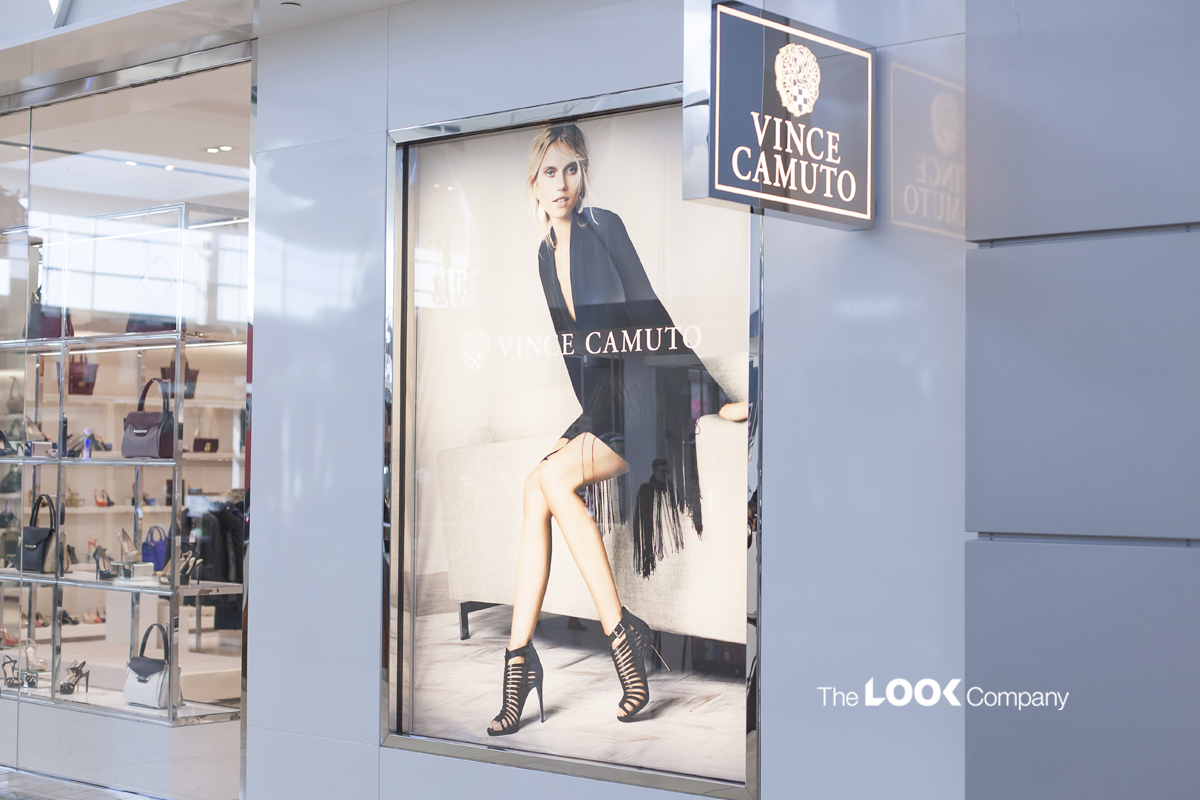
5. Connecting Online & Offline Brand Experiences
As customers grow more comfortable with online shopping, brick-and-mortar retailers can establish new ways to connect with potential customers with pop-up stores, product galleries, and online ordering interfaces within a physical store. This is a personal, tangible way to introduce a new brand to customers to make informed buying decisions.
Now is the time to add interactivity to your store. In-store technology is both a customer engagement/marketing tool and a health and safety strategy.
By incorporating digital processes into in-store shopping and highlighting merchandise in well-designed, visually appealing retail displays, customers are empowered to read reviews, customize their purchases, browse, and interact with your brand using features like:
Lightboxes
SEG extrusion frames
Integrated digital content
Reconfigurable modular partitions
Retailers might even consider digital screens to showcase customer reviews and testimonials or to demonstrate product features that connect with consumers in stores.
6. Incorporate Wayfinding and Self-Checkouts
There are customers who think of in-store browsing as fun, relaxing retail therapy, and then there are customers who want to get to the store, find the products they need quickly, checkout, and go. They want the process of shopping to be efficient, not leisurely. This consumer segment appreciates wayfinding signage to know where to go to get the goods they seek. Wayfinding systems look like this:
Clear navigation routes (This way to…)
Backlit identification signs (You are here—hooray!)
Free-standing kiosks, digital displays, or full wall treatments (Self-checkout)
All of these can be moved and rearranged to meet the needs of a streamlined brick-and-mortar store.
Self-checkouts add convenience and improve the overall customer experience. Customers value payment process flexibility. Skip the line self-checkout reduces wait times and puts purchase control in customer’s hands, something that improves satisfaction and casts a positive light on the overall store experience.
Combine wayfinding and self-checkout to direct ready-to-buy consumers to user payment portals with a clear path to post-purchase exit!
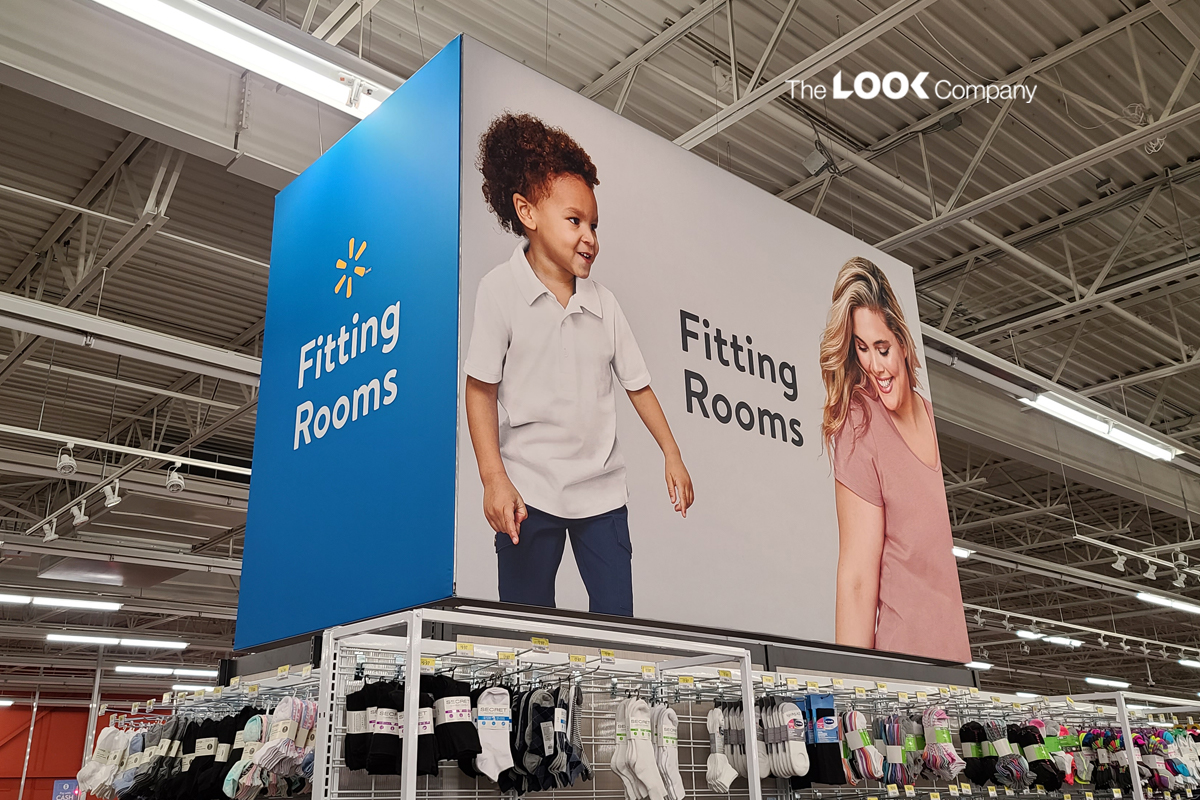
The Look Company Improves Customer Service in Retail
At The Look Company, our mission is to support retailers’ needs, connecting you with your customers through engagement. Improving your in-store customer shopping experience is what we do with professional, attractive, innovative products that positively impact the retail journey.
The Look Company transforms retail environments by delivering innovative graphic display systems in a wide range of applications. Our retail solutions focus on best-in-class, lightweight, reusable aluminum extrusions, and award-winning fabric prints with silicone edge graphics or SEG. Customized for retail, this system allows The LOOK Company to produce a large volume and a diverse range of products. Contact us for a solution for your retail business.

